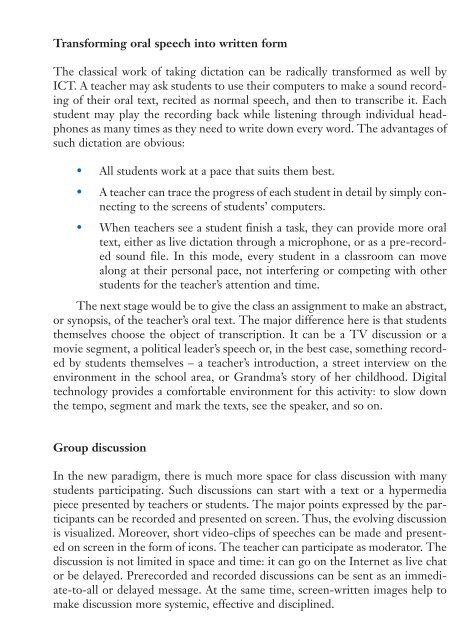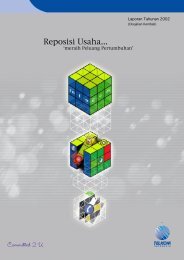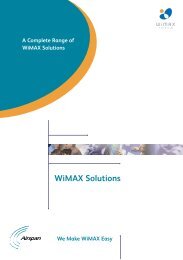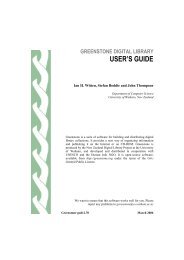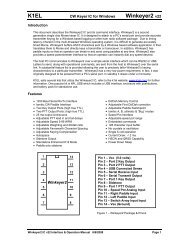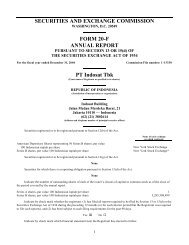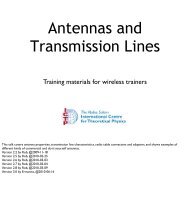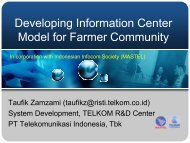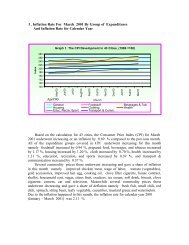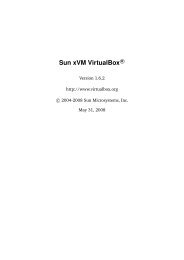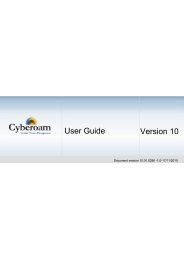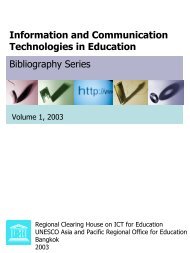Information and communication technologies in schools: a ...
Information and communication technologies in schools: a ...
Information and communication technologies in schools: a ...
You also want an ePaper? Increase the reach of your titles
YUMPU automatically turns print PDFs into web optimized ePapers that Google loves.
136<br />
ICT IN SCHOOLS<br />
A HANDBOOK FOR TEACHERS<br />
Transform<strong>in</strong>g oral speech <strong>in</strong>to written form<br />
The classical work of tak<strong>in</strong>g dictation can be radically transformed as well by<br />
ICT. A teacher may ask students to use their computers to make a sound record<strong>in</strong>g<br />
of their oral text, recited as normal speech, <strong>and</strong> then to transcribe it. Each<br />
student may play the record<strong>in</strong>g back while listen<strong>in</strong>g through <strong>in</strong>dividual headphones<br />
as many times as they need to write down every word. The advantages of<br />
such dictation are obvious:<br />
• All students work at a pace that suits them best.<br />
• A teacher can trace the progress of each student <strong>in</strong> detail by simply connect<strong>in</strong>g<br />
to the screens of students’ computers.<br />
• When teachers see a student f<strong>in</strong>ish a task, they can provide more oral<br />
text, either as live dictation through a microphone, or as a pre-recorded<br />
sound file. In this mode, every student <strong>in</strong> a classroom can move<br />
along at their personal pace, not <strong>in</strong>terfer<strong>in</strong>g or compet<strong>in</strong>g with other<br />
students for the teacher’s attention <strong>and</strong> time.<br />
The next stage would be to give the class an assignment to make an abstract,<br />
or synopsis, of the teacher’s oral text. The major difference here is that students<br />
themselves choose the object of transcription. It can be a TV discussion or a<br />
movie segment, a political leader’s speech or, <strong>in</strong> the best case, someth<strong>in</strong>g recorded<br />
by students themselves – a teacher’s <strong>in</strong>troduction, a street <strong>in</strong>terview on the<br />
environment <strong>in</strong> the school area, or Gr<strong>and</strong>ma’s story of her childhood. Digital<br />
technology provides a comfortable environment for this activity: to slow down<br />
the tempo, segment <strong>and</strong> mark the texts, see the speaker, <strong>and</strong> so on.<br />
Group discussion<br />
In the new paradigm, there is much more space for class discussion with many<br />
students participat<strong>in</strong>g. Such discussions can start with a text or a hypermedia<br />
piece presented by teachers or students. The major po<strong>in</strong>ts expressed by the participants<br />
can be recorded <strong>and</strong> presented on screen. Thus, the evolv<strong>in</strong>g discussion<br />
is visualized. Moreover, short video-clips of speeches can be made <strong>and</strong> presented<br />
on screen <strong>in</strong> the form of icons. The teacher can participate as moderator. The<br />
discussion is not limited <strong>in</strong> space <strong>and</strong> time: it can go on the Internet as live chat<br />
or be delayed. Prerecorded <strong>and</strong> recorded discussions can be sent as an immediate-to-all<br />
or delayed message. At the same time, screen-written images help to<br />
make discussion more systemic, effective <strong>and</strong> discipl<strong>in</strong>ed.


